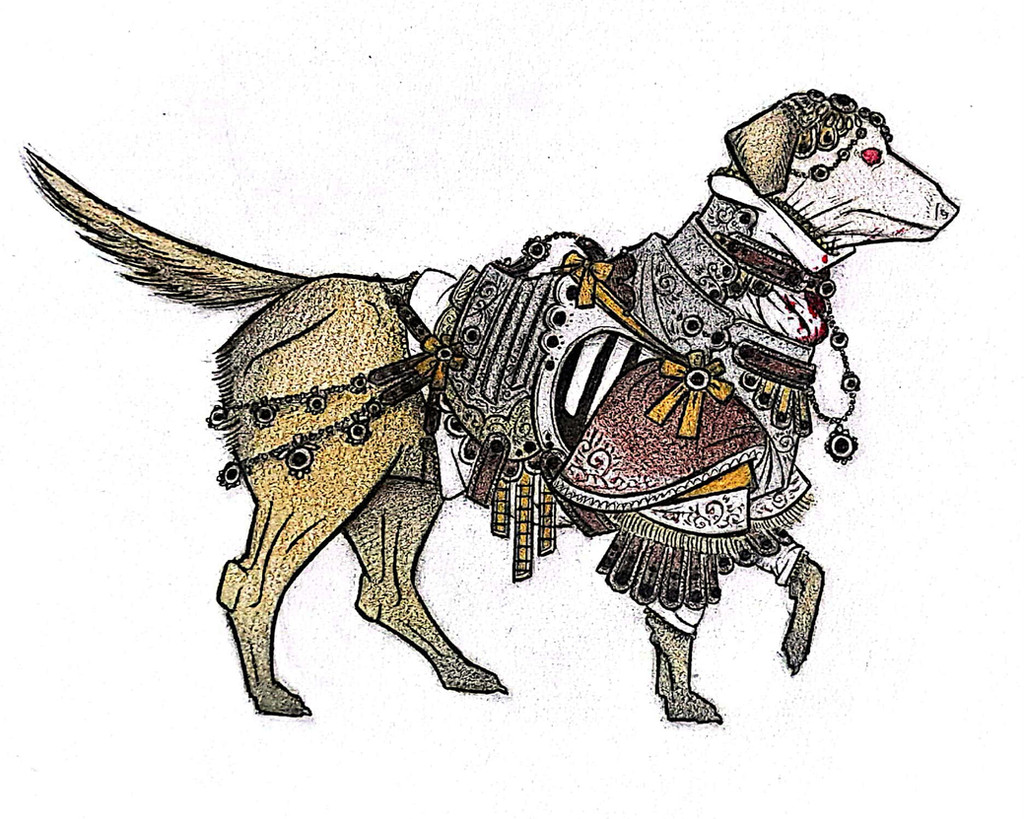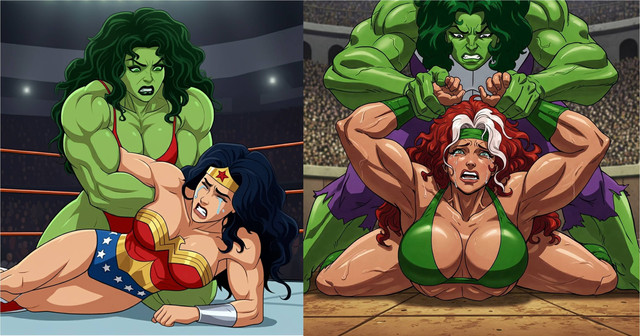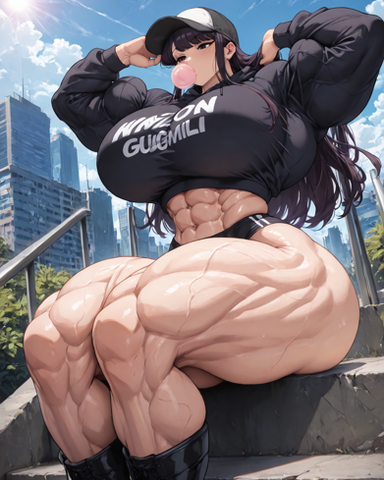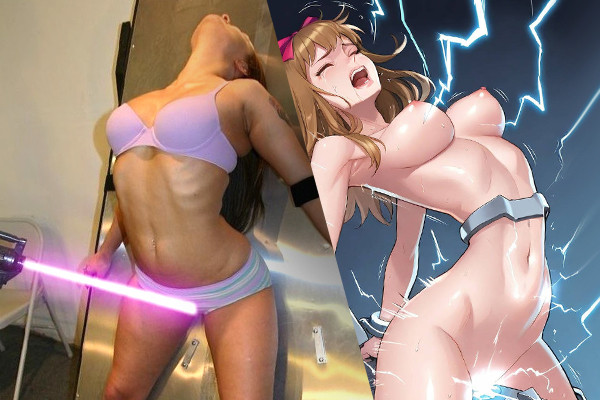HOME | DD
 Avapithecus — Garmr
Avapithecus — Garmr

#character #design #dog #garmr #hel #helheim #mythology #norse #referencesheet
Published: 2024-02-08 21:07:45 +0000 UTC; Views: 4937; Favourites: 54; Downloads: 0
Redirect to original
Description
Well I got a response from the help desk. Apparently my ticket has been set to “resolved” which “doesn’t necessarily mean the issue is fixed, but we’ve got all the information we need for now” so… that's helpful. I guess I'll just keep uploading like normal and cross my fingers.Truth be told, fixing this glitch has rapidly shot to the bottom of my priority list anyways. I'm not in the best headspace right now, and realistically I'm not going to be for a while given the circumstances. I won't dwell on it here. Let's just say that part of the reason I drew this is because there's someone who's likely to meet Garmr soon. I've had to really glue on a brave face and could use a prayer. But okay, let's see if I can still do the funny.
In Norse mythology, there is a hound which guards the gates of Helheim. Leashed at the cave Gnipahellir, the goddess's dog Garmr keeps watch and snarls at those who do not belong to the realm of the dead, best exemplified in the Eddic poem Baldrs draumar, where Odin travels to Hel to consult a volva (who may or may not be Hel's own mother Angrboða) to ask about his son's prophetic dreams about his own murder. Here the dog is described as having blood running down its front, and if we assume the assume the “wolf” in stanza 38 of Völuspá is a reference to Garmr, then he's also responsible for ripping apart the corpses of the Earth's most evil men before sending the remains down into Náströnd where they're sucked on by the eldritch dragon Níðhöggr. Though, “wolf” is often just a byword for “monster” in general in the Old Norse language, so that stanza could just as well be about Níðhöggr whole hog. At the dawn of Ragnarök, the end of the world as we know it in Norse prophecy, Garmr will break free of his chain and do battle with the one-handed god Týr, and two will slay one another.
Despite all of this, Völuspá also describes Garmr as the best of hounds, where similar comparisons otherwise draw exclusively from the inventories of the gods, hinting at a much greater significance which we just have no trace left of. Everything I just went into are the only mentions of Garmr in the entire corpus, making him a pretty obscure pup. Etymology doesn't really help us here. His name just means something like “rags”, which I'm not gonna lie, is honestly a pretty great name for a dog in general. Many are tempted to identify him with the wolf Fenrir, Hel's brother who is similarly bound in fetters deep underground until he breaks free to do battle with the gods at Ragnarök. It would certainly help Garmr's otherwise unclear beef with Týr make a little more sense, as Týr was Fenrir's best friend before the Æsir misused his trust to trick the wolf into those aforementioned fetters. The only place we ever see the two canines mentioned in the same paragraph is at Ragnarök though, and there they're clearly treated as separate individuals meeting different demises by different hands… er… shoes. There's enough similarities there that we might reasonably assume there was once one myth that split into two dogs with a grab bag of characteristics from whatever the original was, but anything beyond that is probably lost to history.
Design notes, okay allow me a short rant first. The internet seems pretty damn sure of itself when it keeps repeating that Garmr has four eyes, but I have absolutely no clue where they're getting that from. Garmr has all of like four sentences attributed to him and not one even has the word “eyes” in it. In Hindu mythology, there are the two four-eyed dogs belonging to Yama, Sharvara and Shyama, and similarly the Avestas describe a four-eyed dog appearing in funeral rights, but those are obviously from completely different sources, and from what I skimmed the term “four-eyed” in their native languages might not even refer to a dog literally having four eyes at all, but rather that type of fur coloration where they have cute lil patches of color above their eyes like lil eyebrows. I think someone somewhere just saw this detail in a summary of Indo-European death dogs, mistakenly assigned it to Garmr as well, and then the internet did what the internet does and copied this mistake over and over without ever questioning it. This is why religion needs to come with homework.
Similarly, the internet loves to just portray Garmr as this big black dog huffing flames out of his mouth, another detail not found in the Eddas. I assume this is just to lump Garmr in with the whole hellhound aesthetic, and if we ignore the fire thing I guess isn't entirely inaccurate, but I wanted to go a different direction. Instead of making him all beastial, I wanted to make this dog a handsome man worthy of the title “best of hounds”. Instead of having a waterfall of blood splattered across his front end like a heavy metal album cover, I depicted it more like a dirtied handkerchief, aiming for a sort of classy vampiric vibe. For his getup, I went back to the armored saints of the Roman Catacombs for reference material, just as I did for Hel herself. I'm sure you can see they share a very similar aesthetic. I really like the idea of combining that eerie translucent veil stretched over some of the Catacomb skulls with a mummified dog found in tomb KV50 in Egypt's Valley of the Kings. That's where I got the head shape and the sort of desiccated flesh color from. I wasn't quite sure about how it was coming together at first, but once I found my momentum, everything felt like it fell into place. It's not perfect, but I think it's a presentable portrait of the goddess's beloved pet, and I could really use her blessing right now.
Related content
Comments: 2

👍: 1 ⏩: 1

👍: 1 ⏩: 0
























